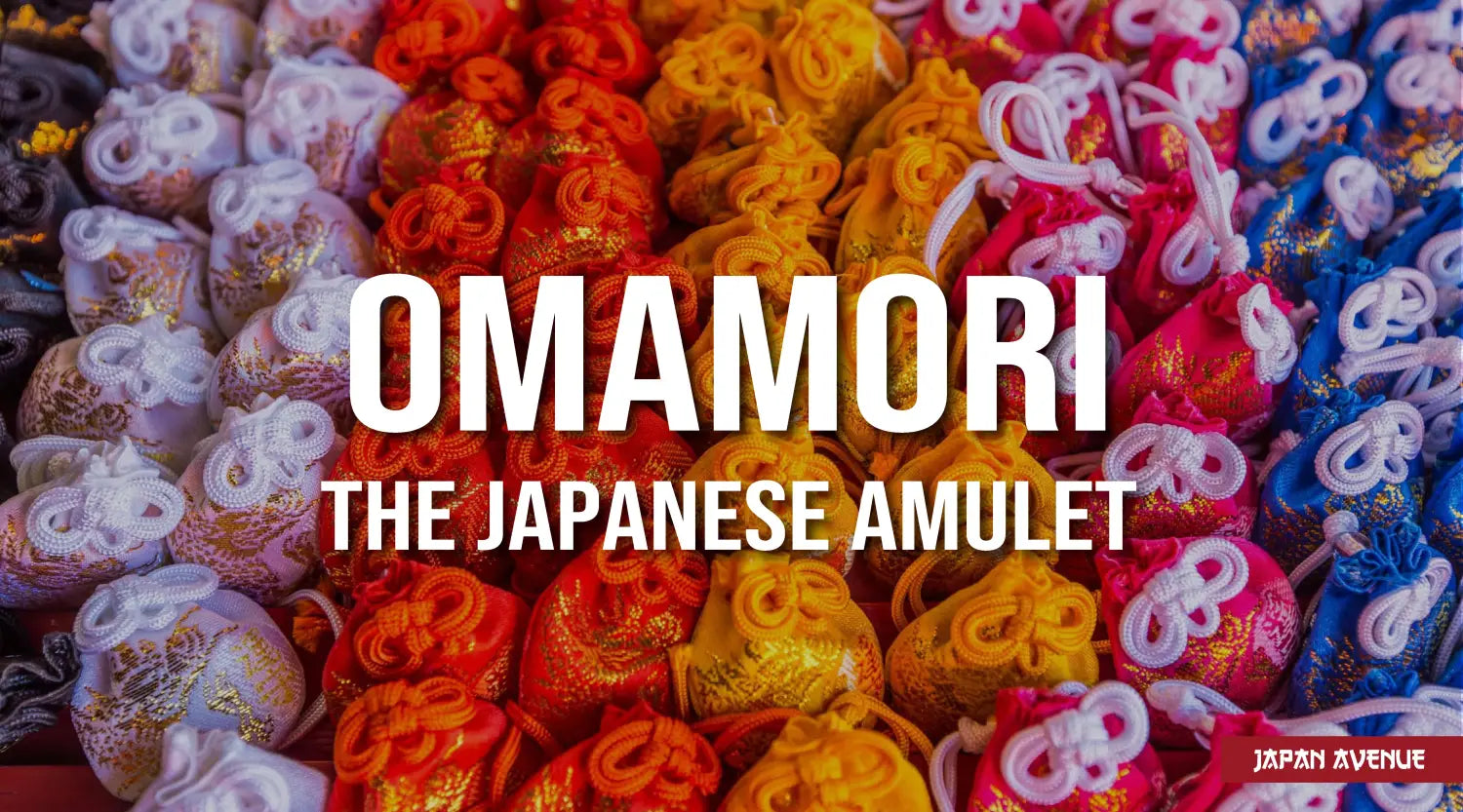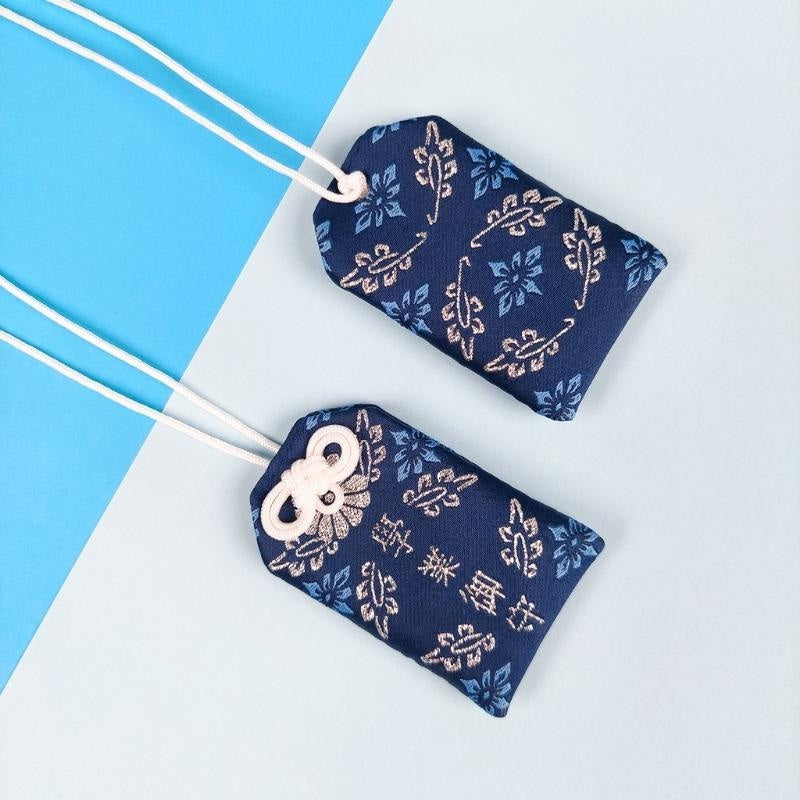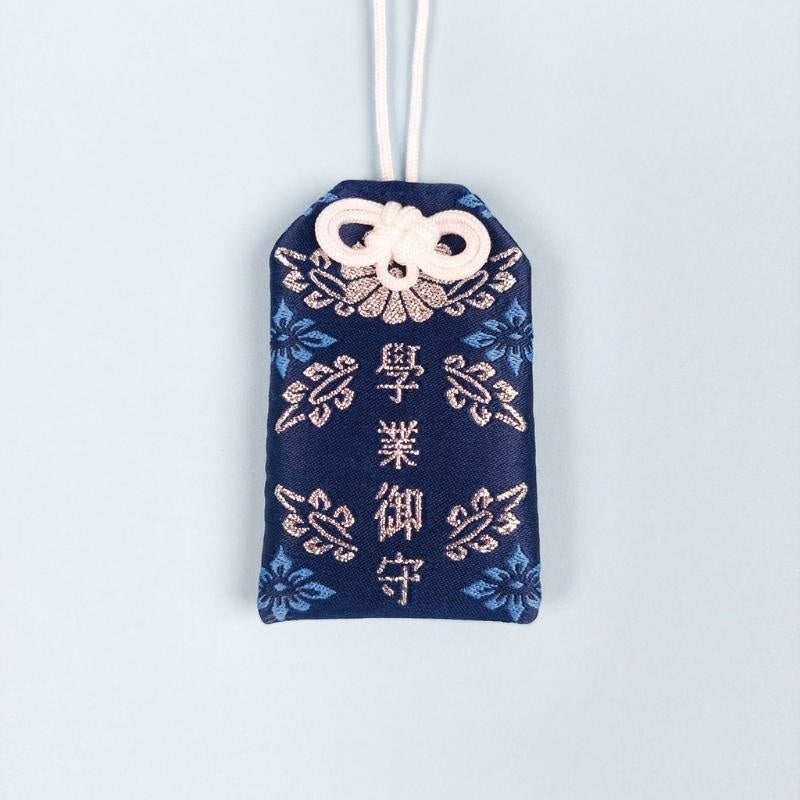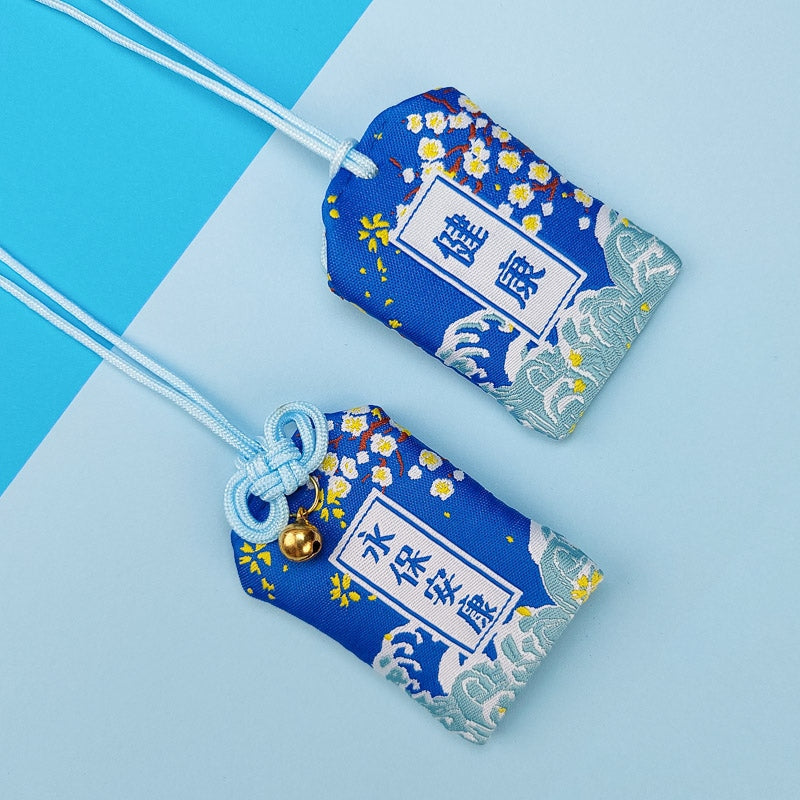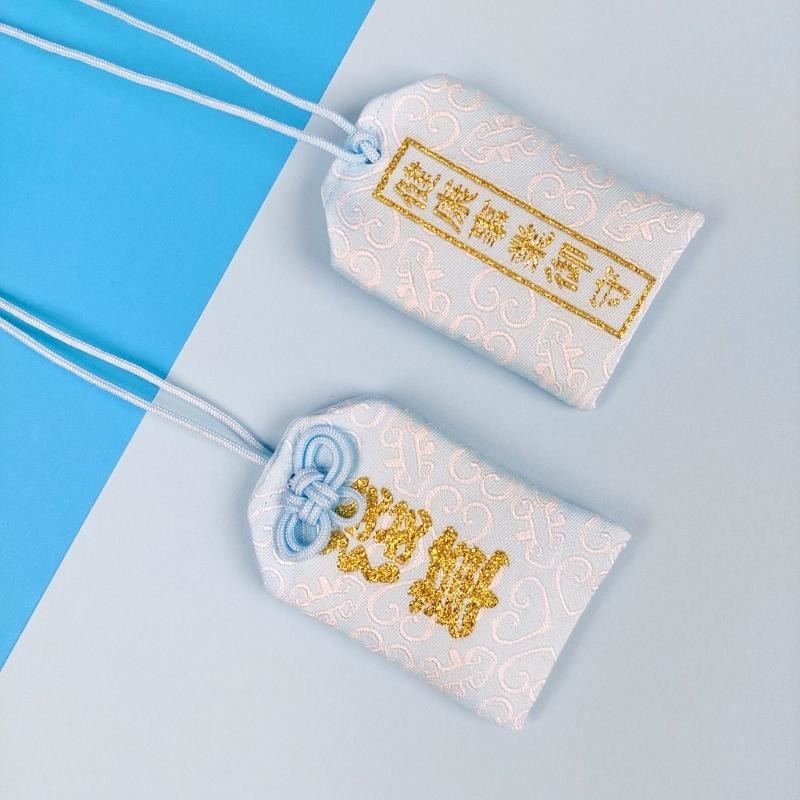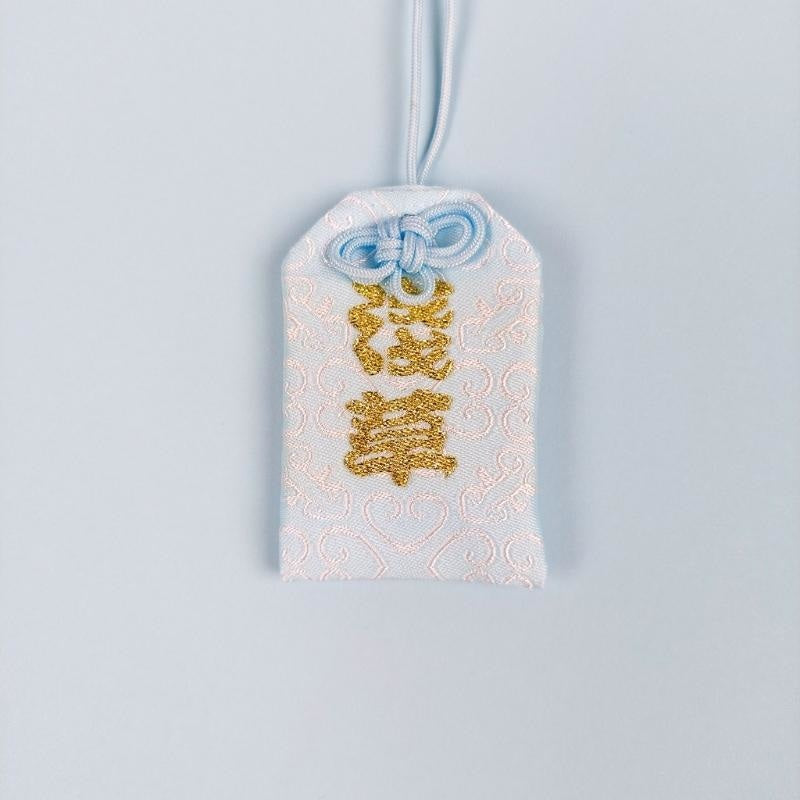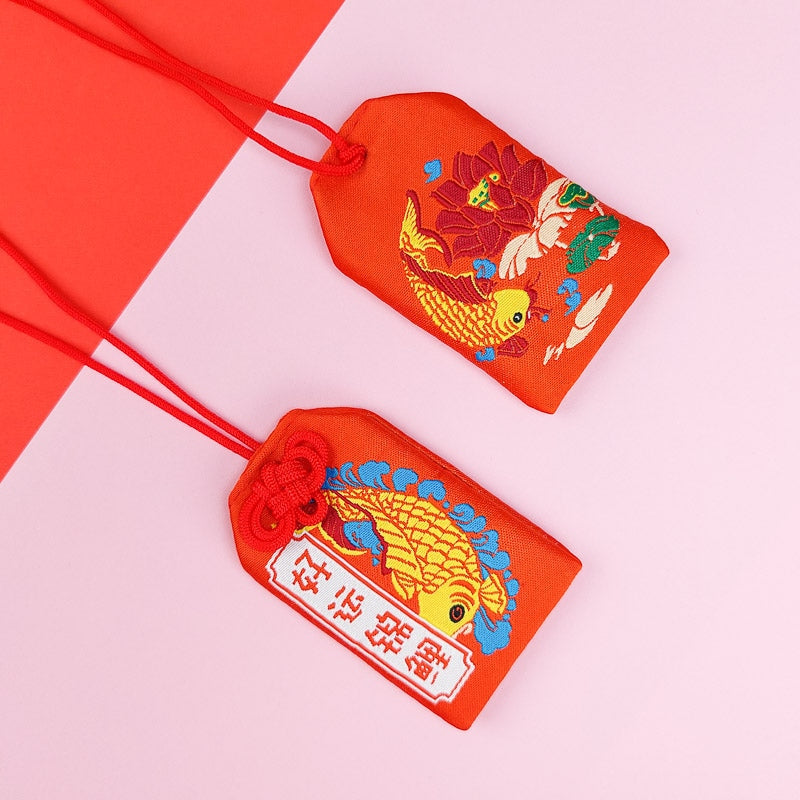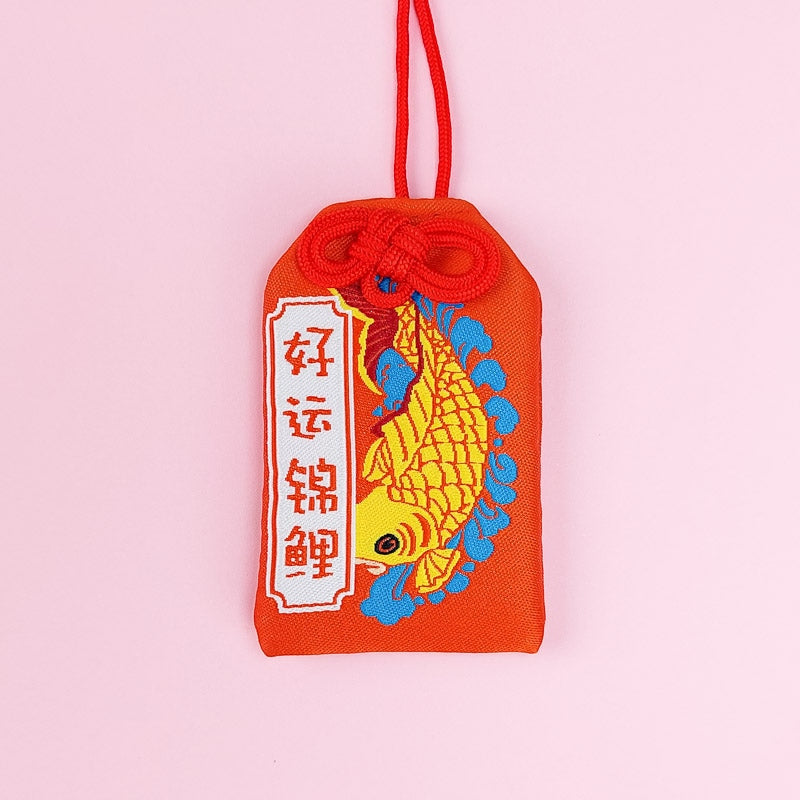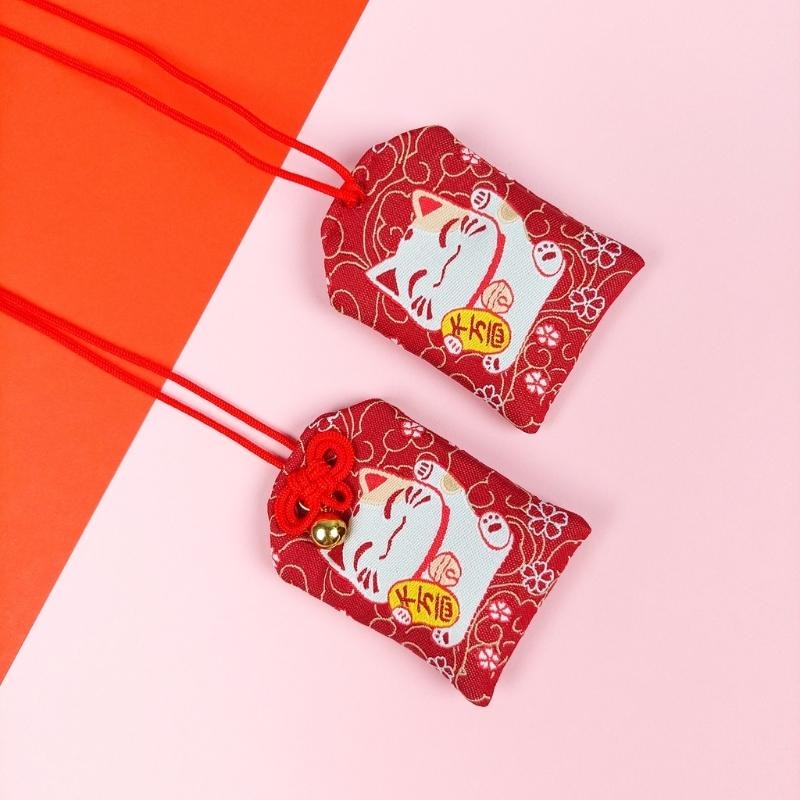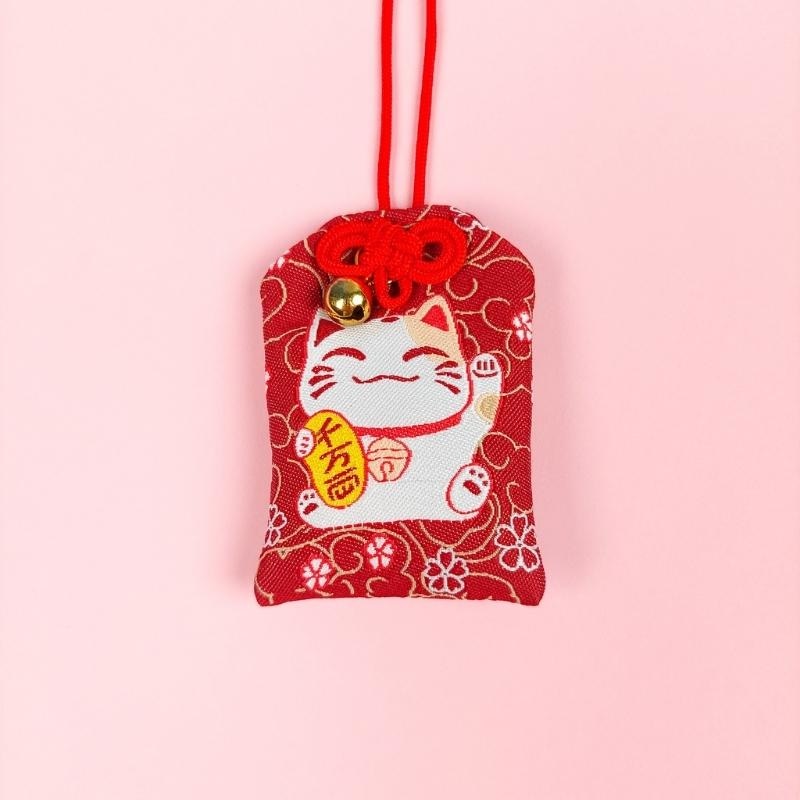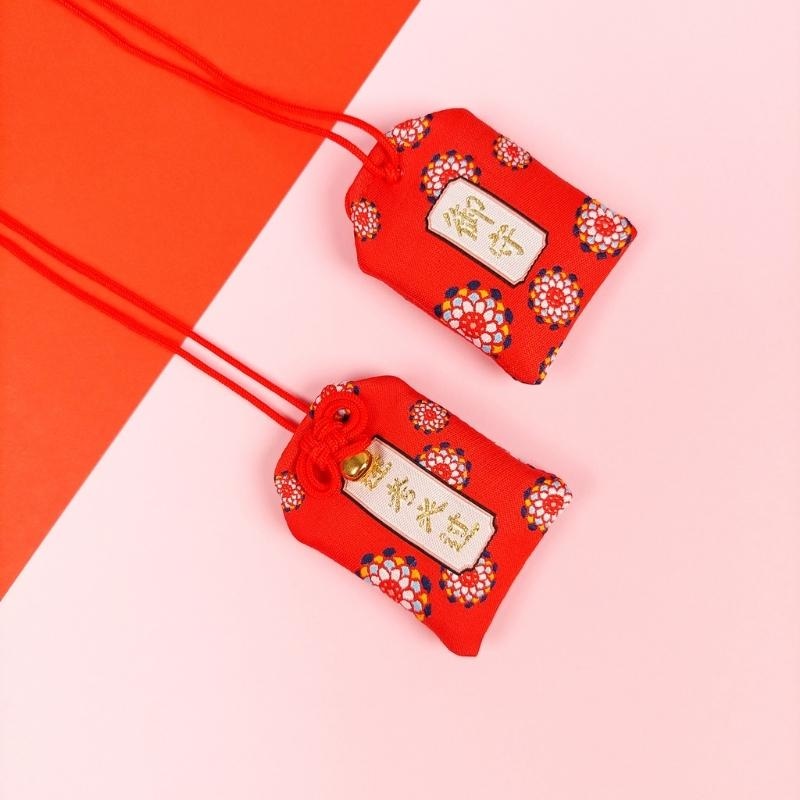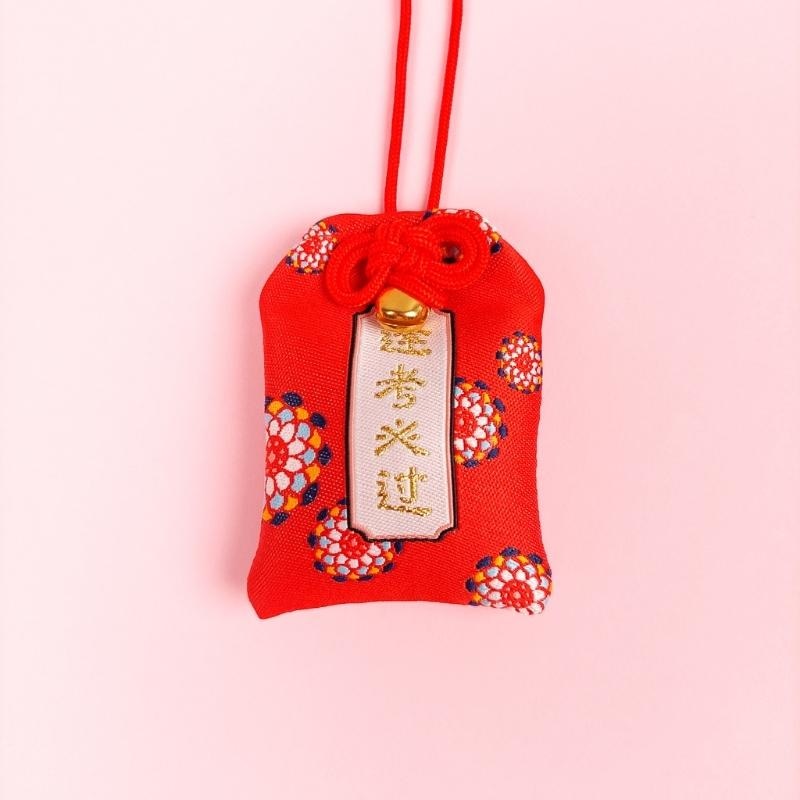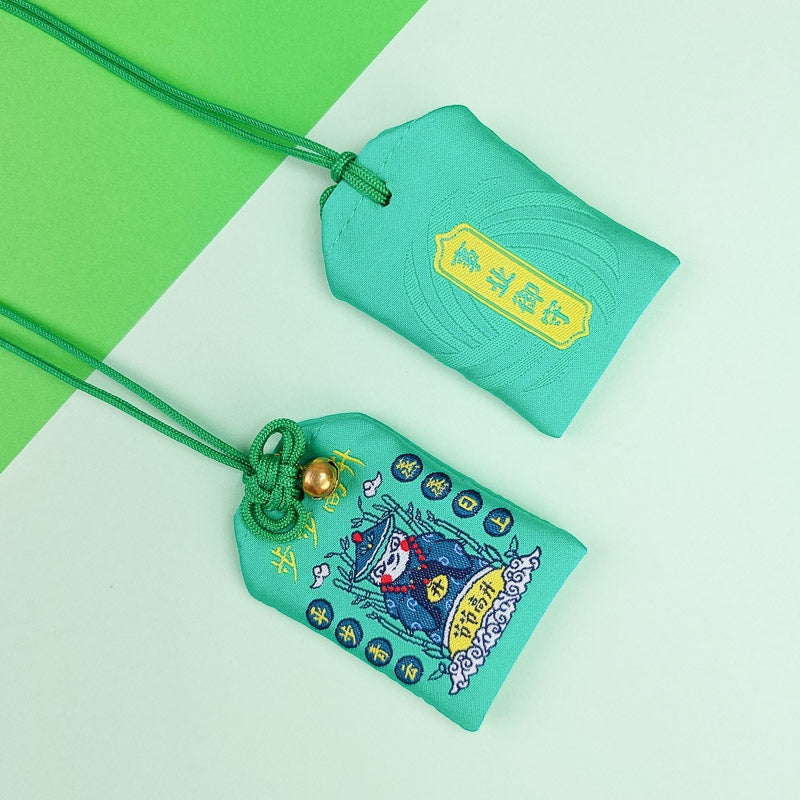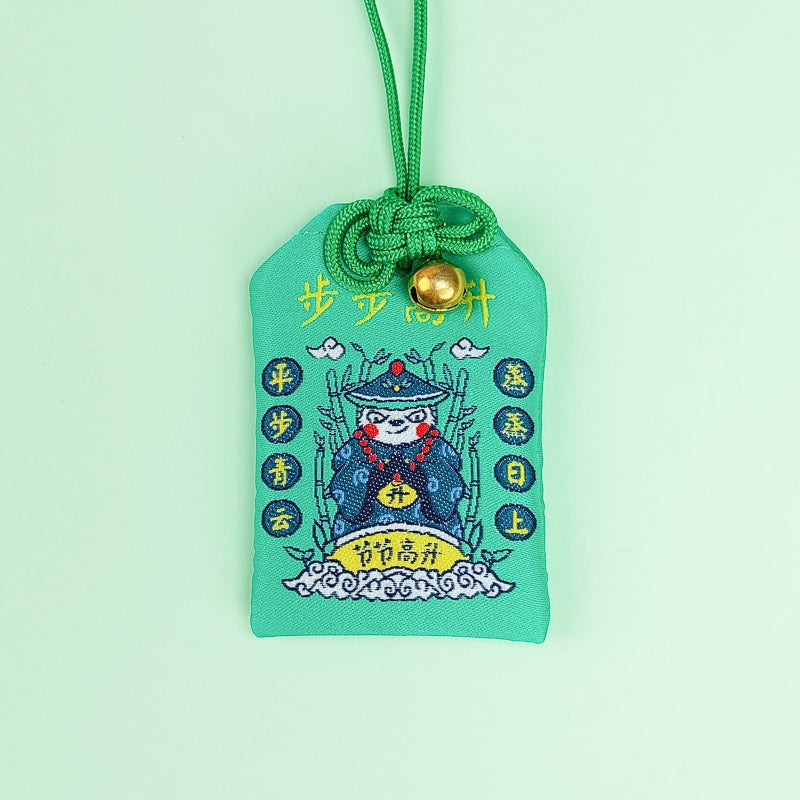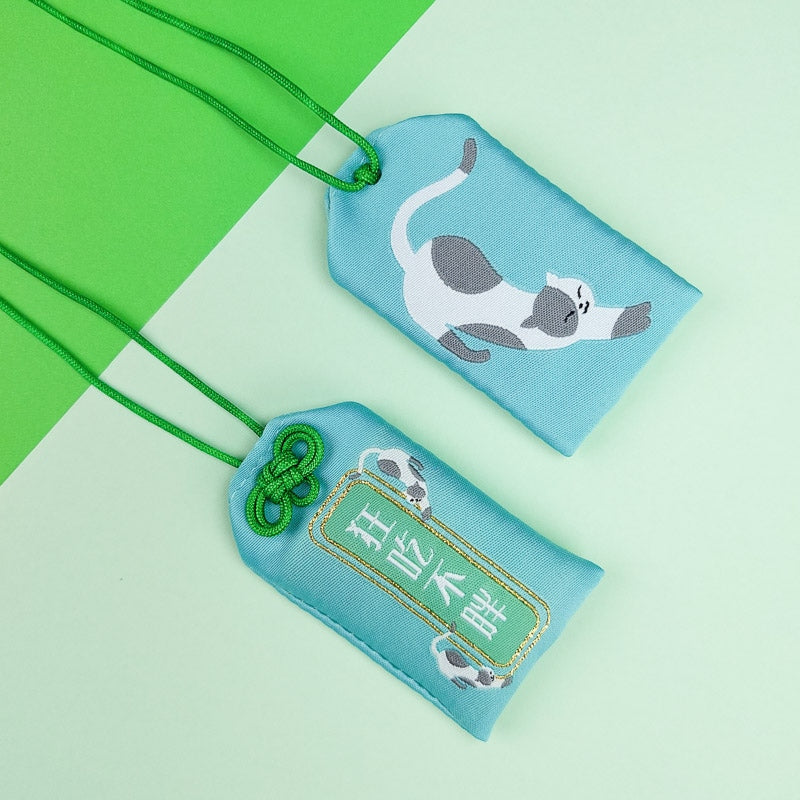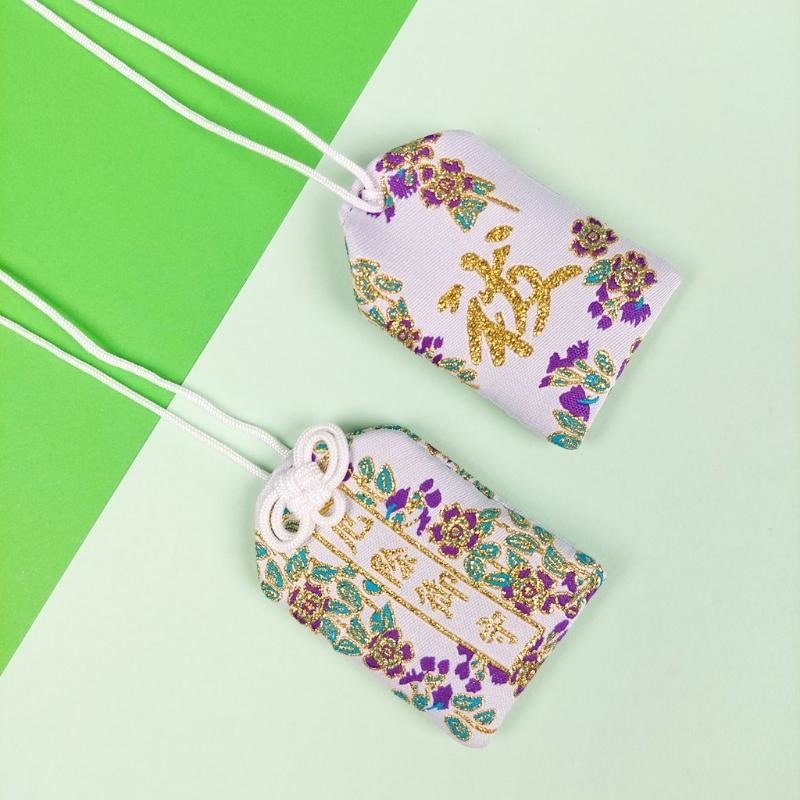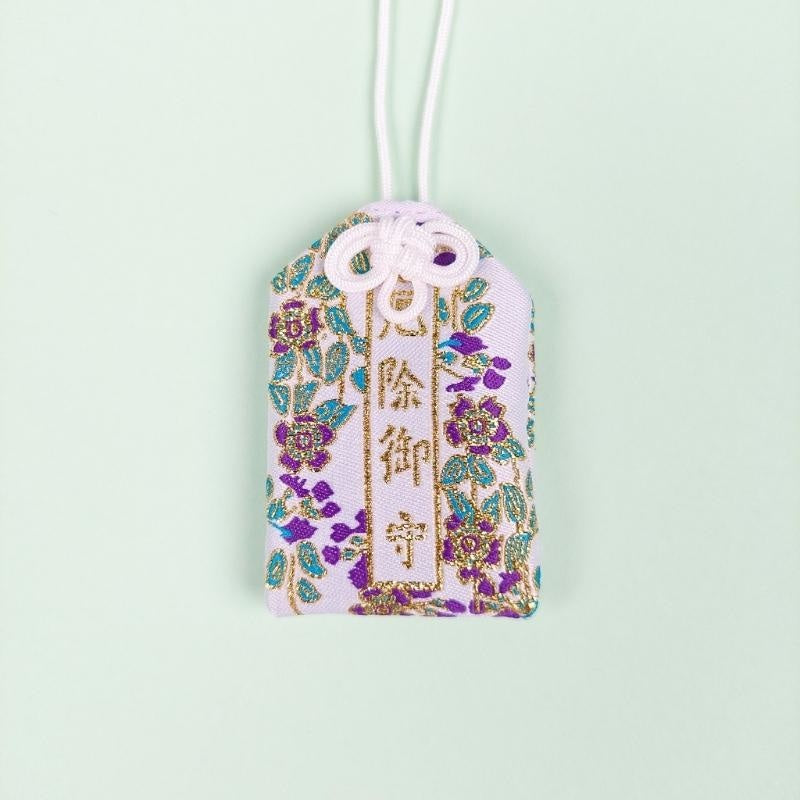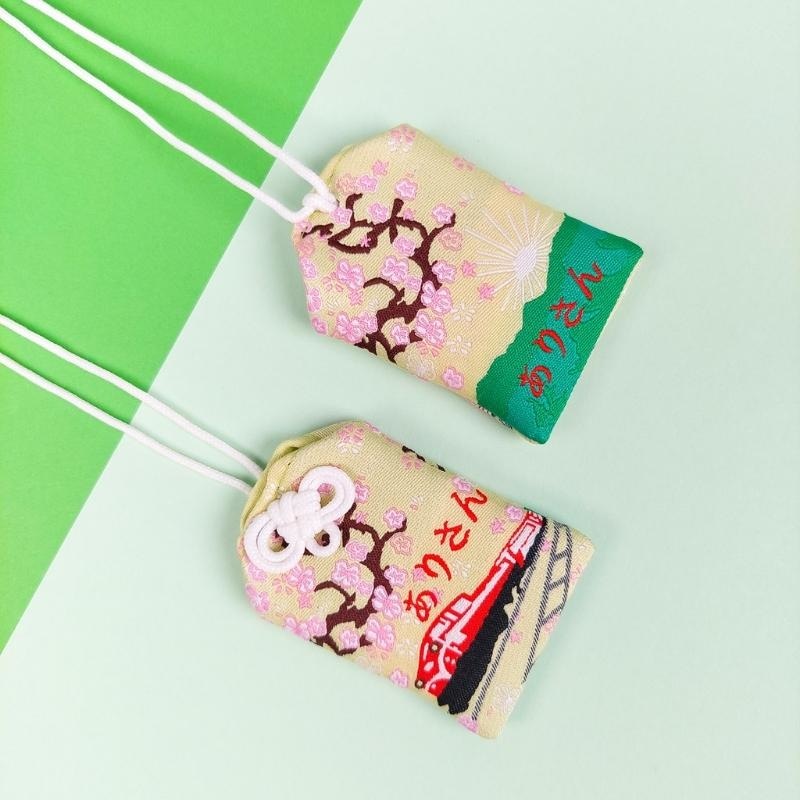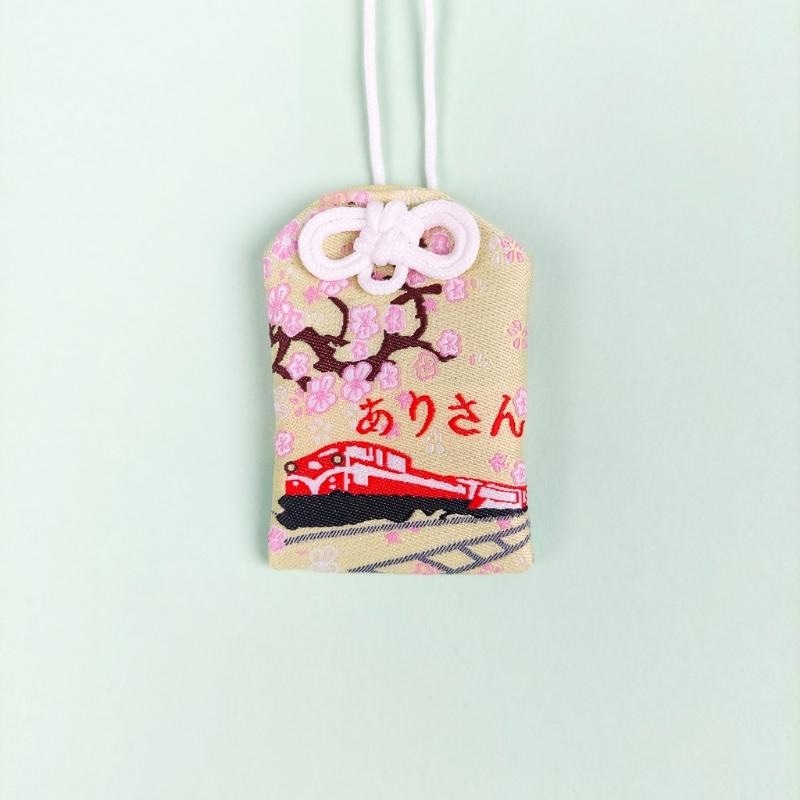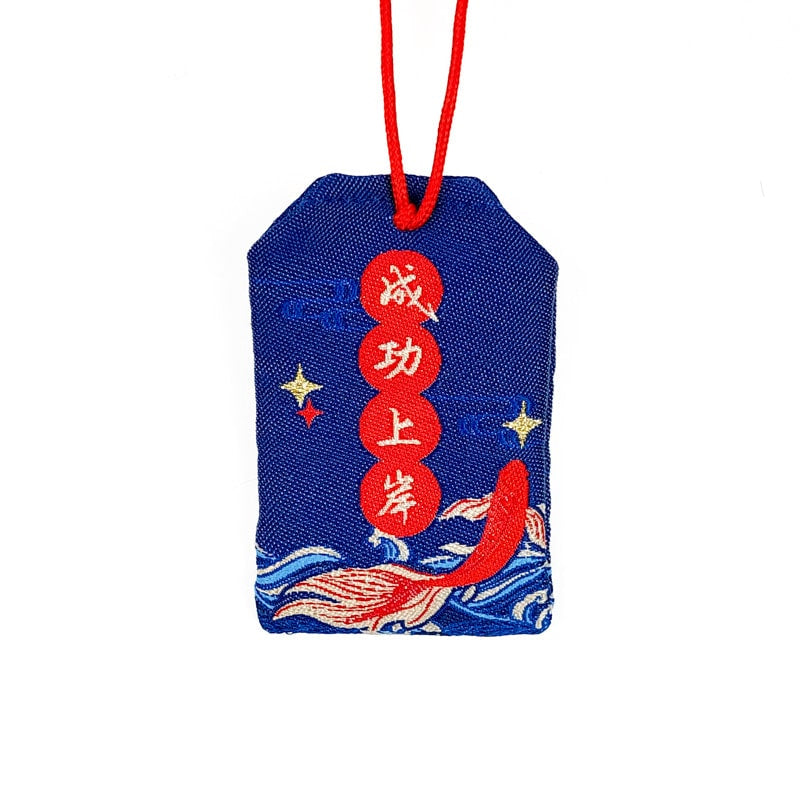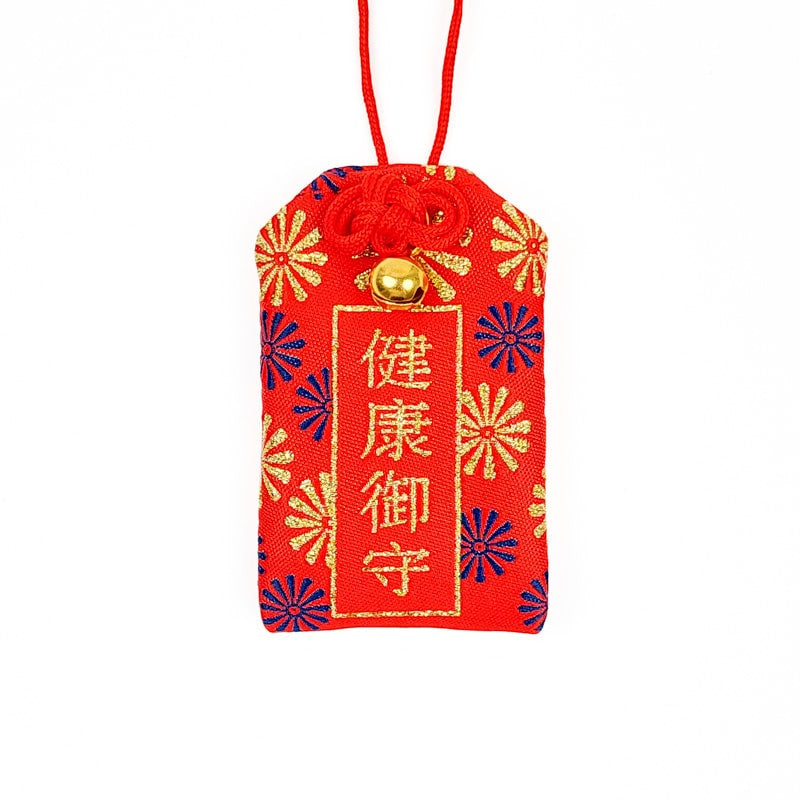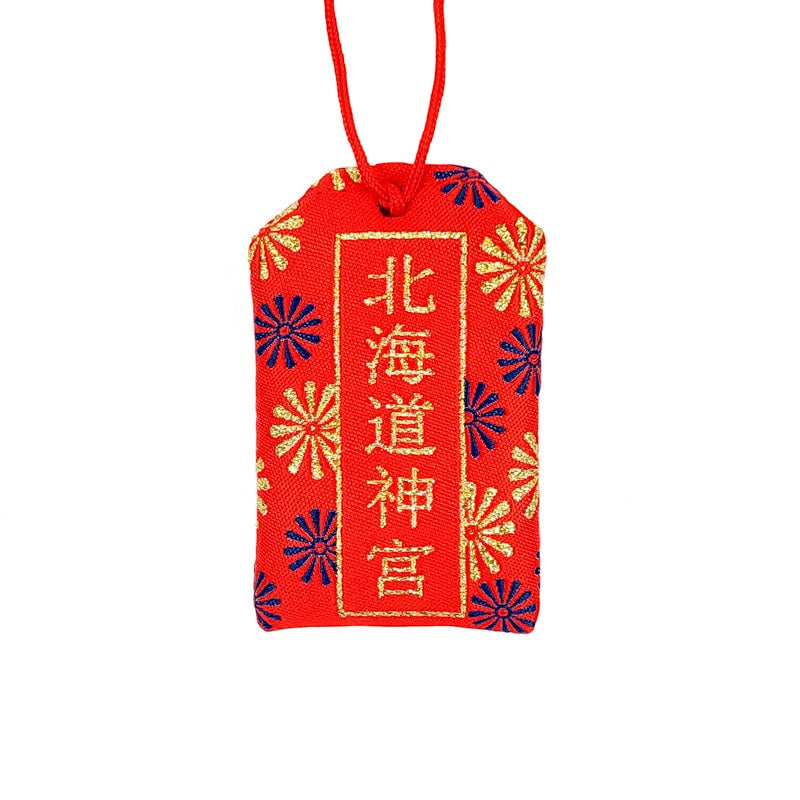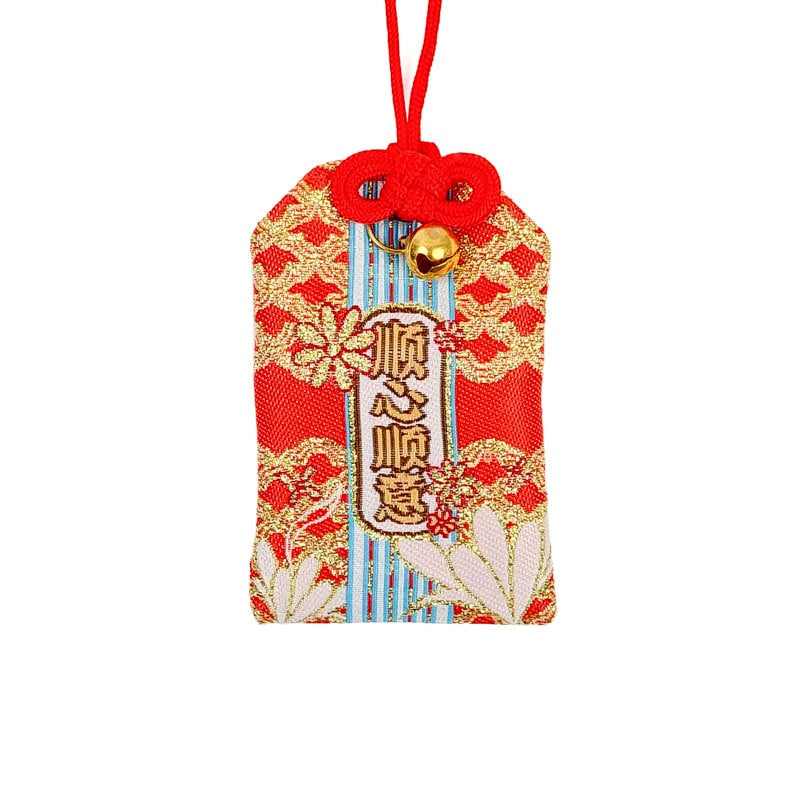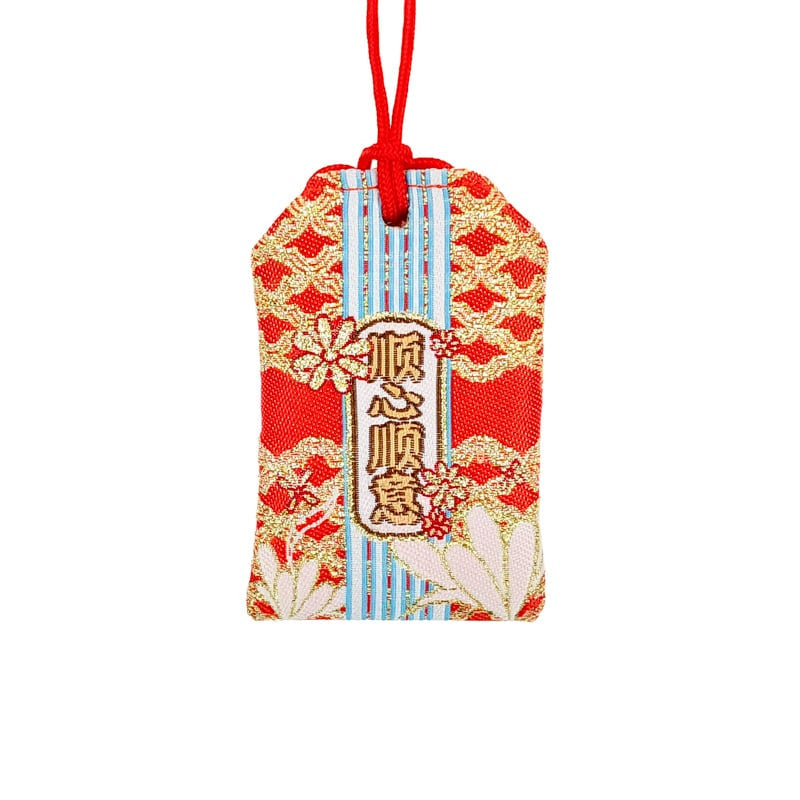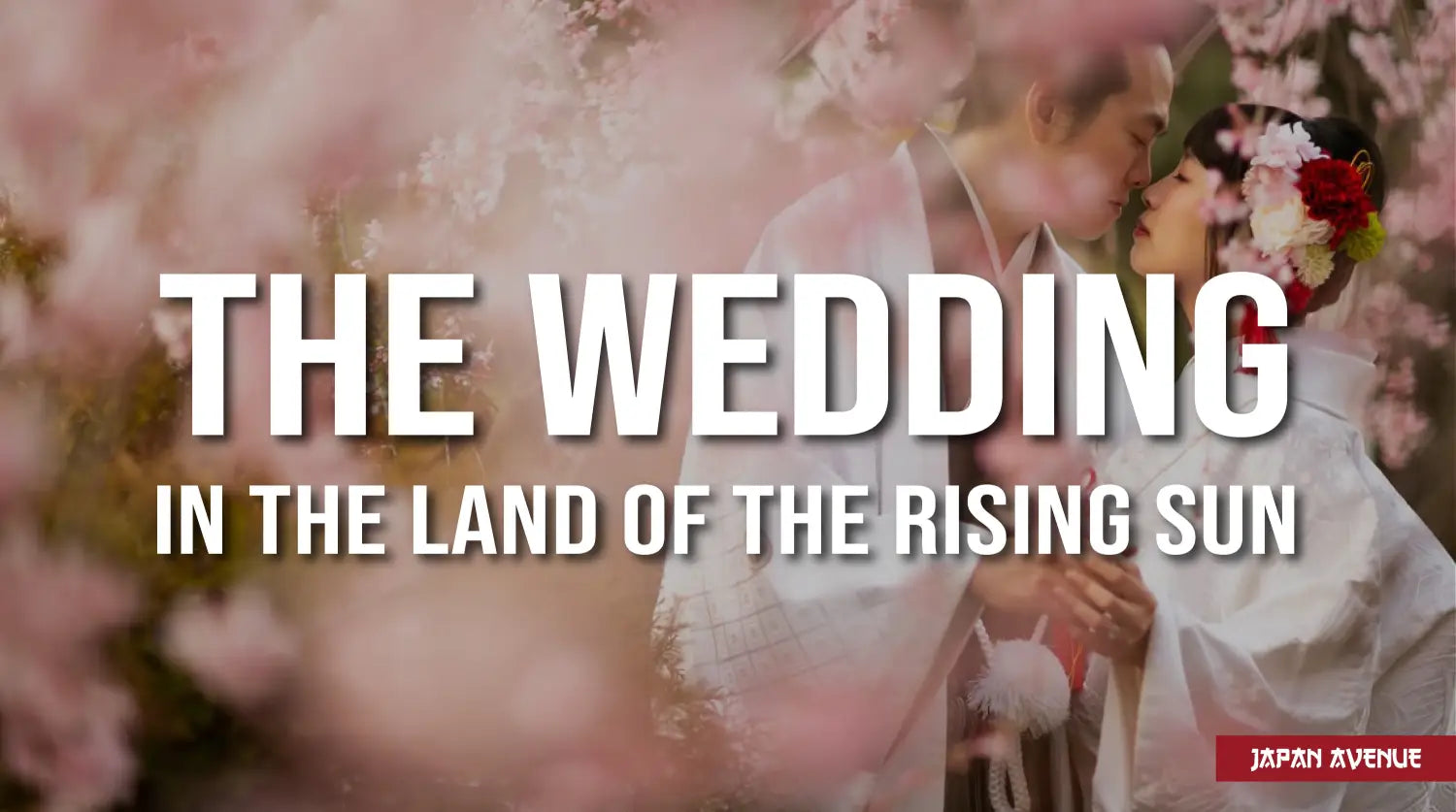Every life event has its own omamori. Whether it is a protective talisman or a good luck charm, omamori are available to meet even the most unpredictable needs.
Omamori are Japanese amulets that contain powers and are traditionally sold in Buddhist temples and Shinto shrines.
Formerly dedicated to a kami or deity, the modern omamori is dedicated to Mickey Mouse and Hello Kitty... Nothing surprising in Japan: country of spirituality, superstitions and modernism.
Discover the origins and uses of this good luck charm in the Land of the Rising Sun.
📿 What is an Omamari?
An omamori is an object that is carried for protection or good luck on special occasions. Traditionally, they look like small cloth bags with a prayer hidden inside, but nowadays, there are also available in more original shapes.
A talisman inspired by religion
The primitive Japanese religion of Shintoism is based on animistic concepts. All living beings - including fauna and flora -, objects and natural elements (wind, rain...) have a spirit or vital force as well as a protective power. For example, a giant sacred tree is supposed to protect the village next door if one shows its respect through rites.
According to some researchers, it seems that the places of worship were inspired by these beliefs in order to materialize the sacred objects by small amulets to be carried on oneself: nice commercial use, as a marketer would say 💸!
This theory is reinforced by the following legend: the God of storms (Susano-o no mikoto) had been hosted by a humble Japanese man named Somin-Shora, who offered him shelter and sake. A few years later, the God returned to his host, revealed his identity and offered him a protective sign against misfortunes and diseases.
Other theories do exist, but the etymology of the word "omamori" shows that it is essentially an object of protection. Its origin comes from the verb "mamoru" which means "to protect"; omamori is its honorific form (sonkeigo in Japanese).
For Shinto shrines and Buddhist temples, the omamori is inhabited by the spirit of the deity whose name it bears (beautifully transcribed or printed) and the power of the sutra it contains (canonical text or Japanese philosophy quote).
🙆♀️ How to choose your omamori?
These amulets contain a piece of paper or wood with a prayer (or a wish), protected by a silk fabric, closed by a cord and hung on a strap with the name of the deity and the religious site stamped on it. There exist about 1900 shrines and 2900 temples in the Tokyo area.
Every stage or event in the life of a Japanese person can be positively influenced by wearing the appropriate omamori (sales are also available to visitors). It is thus important to choose your omamori carefully according to your objectives.

💰 The omamori for money and business purposes
The kaiun shofuku (開運招福) is believed to be effective in attracting good fortune: investment, inheritance, savings, etc. For this reason, it represents a money bag in bright yellow color, the color of wealth.
🖊 The omamori for academic success
Very popular among Japanese students, the peak time for buying a gakugyō-jōju (学業成就) is before the school year starts - between February and March. This usually blue or green colored talisman portends good grades.
😈 The omamori against evil
The yakuyoke (厄除) is a protective means that is supposed to suppress superstitions, drive out demons and prevent unfortunate events.
🚗 The omamori for road safety
The kōtsū-anzen (交通安全) is a good luck charm commonly used in Japan to ensure the safety of drivers and travelers.
☀ The omamori of happiness
This Japanese omamori named kanai-anzen (家内安全) guarantees joy and prosperity in the home.
💗 The omamori of love
Very commonly found among omamori enthusiasts, the en-musubi (縁結び) is a Japanese amulet that beautifies existing romantic relationships and causes beautiful future encounters. There are some for singles, couples, married people and families.
🤰 The omamori for pregnant women
The anzan (安産) is a protective object that watches over the health of future moms and babies. It augurs a smooth pregnancy and childbirth.

This is a non-exhaustive list of traditional or typical omamori. Many thousands of different models are available in religious places as well as in stores (physical or virtual). The omamori lovers will find many atypical collections: omamori to protect against computer viruses, for air protection, sports, for pets, anti-aging, beautiful legs, and so on.
There is a lot of choice, very well thought out. Places of worship propose general omamori, targeted amulets and even custom-made good luck charms. Thus, if a visitor fails at finding the right talisman for his or her wishes, he or she can order one. If the demand is high, the temple or shrine will produce them on a large scale.
These amulets have to be carried to cause their beneficial effect. You can put it either in your bag or in your wallet to benefit from its magical powers. Omamori are available with strap, lanyard, in card form or even as stickers.
✅ How to correctly use the Japanese good luck charm?
An open omamori loses its protective power, which is why it should never be opened. It is also advised to replace it once a year; if not, bad luck will follow its wearer. The best time for buying a new Japanese charm is on New Year's Day. Indeed, the right start must be planned at the right time!
On the other hand, a damaged omamori should not be changed. Quite the contrary, a damaged amulet signifies that it has blocked the way to many unfortunate events.
Out of respect for the temple and the protective deities whose names are indicated, Japanese people do not throw away their old omamori. These magical objects are returned to the shrines and temples in order to be burned in a sacred fire.
✂ How to make an omamori?
Here's a quick and easy tutorial for making your own lucky charm. It is totally possible to customize its look as well as the message it contains!

- Find a nice piece of fabric, a piece of cardboard, a Bristol sheet and some ribbon.
- Cut out a template on a piece of cardboard.
- Cut out 2 pieces of fabric by following the cardboard template.
- Lay the 2 pieces of fabric face to face and sew them together 5 mm from the edge. (except the bottom). Do not hesitate to double your seam for more resistance.
- Face your omamori upright and slip in a small piece of card stock containing a prayer (folded in half).
- Fold the excess piece of fabric to the inside.
- Join the edges with a discreet seam.
- Tie a tassel knot with a ribbon and secure the knot with a stitch.
- Put the excess ribbon in the omamori and then tie two simple knots on the back to secure it.
- Tie the ends together.
Check out this DIY video for making your own omamori.
🔖 The evolution of the omamori
Japanese people are good at taking references from their cultural heritage and adding a modern touch to them; the omamori are no exception to this rule.

Traditional omamori being sold at a Shinto shrine. (Source: livingnomads.com)
Traditionally, amulets (engimono) were sold exclusively at places of worship, as offerings. Nowadays, these charms are available on the web, in boutiques and souvenir stores. They are given as gifts or good luck charms (for pregnant women, exams, job interviews, etc.).
The authentic omamori consist of a small silk bag that protects the vocation inscribed on a piece of wood or paper; with a deity or sacred figure of the temple as its motif. Traditionally, these objects had to be sacralized by a monk or priest before being offered to visiting pilgrims.
Mercantilised and redesigned, the modern omamori does not obey to all of this process. Its design matches new uses (hanging on a smartphone, glued to a computer or on a bicycle, for example). The motifs are trendy and cartoon heroes replaced deities. Some advertisers even turned them into advertising gadgets produced out of Japan in tens of thousands of copies.

Modern Omamori with the effigy of famous Japanese anime characters.
Omamori are a cultural reference and a symbol of the Land of the Rising Sun. Highly esteemed by the Japanese, they reflect their spirituality and their penchant for legends. At the same time, they also show their marketing skills and their ability to reconcile tradition with modernity.
💝 The omamori as a gift
Be aware that an amulet does not bring luck to the one who buys it, but to the one who wears it. So do not hesitate to offer an omamori to your loved ones to encourage them in front of the trials they encounter (studies, healing or recovery after a hospital stay or after the 5th month of pregnancy to ensure a good childbirth). Other omamori that guarantee happiness, love and good health are not exactly meant to be given as gifts, but your loved ones will certainly appreciate the thoughtfulness.
Check out our collection of omamori and find the one that will fulfill your wishes.
Learn more about Japanese good luck charms:

